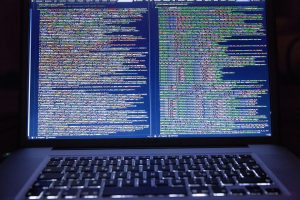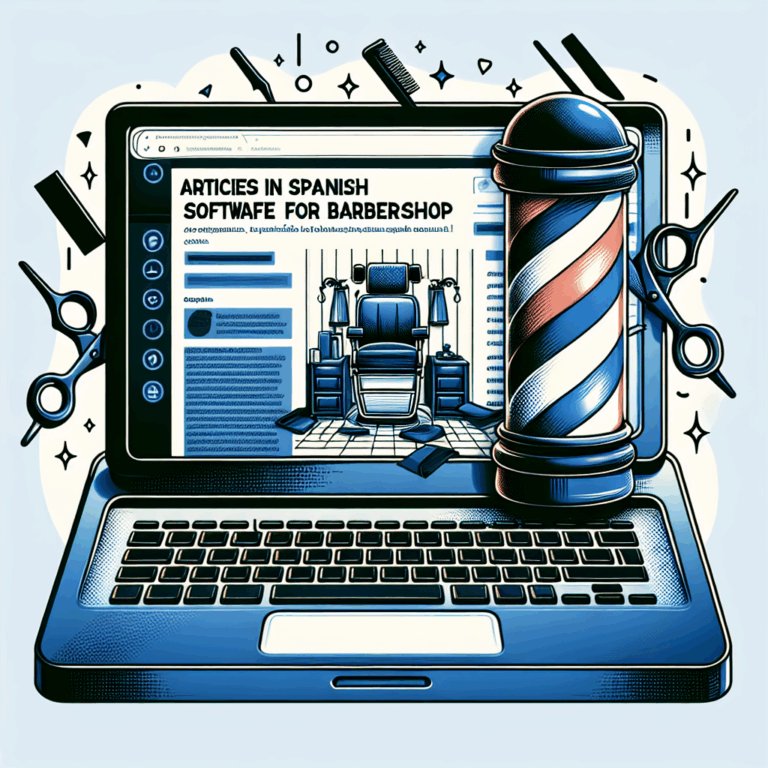
Uruguay as a Pioneer in Integrating Technology into Education
Introduction:
In the digital age, technology plays an integral role in shaping various sectors, and education is no exception. Throughout the world, countries are striving to incorporate technological advancements to revolutionize their education systems. Among these nations, Uruguay has emerged as a model of innovation in integrating technology into education. With a visionary approach and steadfast commitment, Uruguay has created an educational ecosystem that harnesses the power of technology to enhance learning experiences for students of all levels. This article explores the progress made by Uruguay in integrating technology into education and delves into the reasons behind its success.
Hook:
Imagine a country where every student has a laptop, classrooms are equipped with interactive whiteboards, and teachers seamlessly use digital tools to enhance their teaching methods. Such an advanced education system might seem like a distant dream, but in Uruguay, it’s a reality. Welcome to the future of education, where technology is at the forefront of learning!
Uruguay’s Journey towards Technological Integration:
Uruguay’s path to becoming a vanguard of technology integration in education started in the early 2000s when the government launched the ambitious «Plan CEIBAL» (Conectividad Educativa de Informática Básica para el Aprendizaje en Línea). This initiative aimed at providing every student and teacher with a laptop and reliable internet access – the first of its kind in the world. The conception and execution of this plan were driven by the belief that access to technology is a fundamental right for all students.
Implementation and Success:
To ensure the successful implementation of Plan CEIBAL, Uruguay focused on various aspects. Firstly, the government collaborated with technology providers to develop robust infrastructures, including Wi-Fi networks and internet connectivity across the nation. Secondly, teachers received extensive training on effectively integrating technology into their classes. This training equipped them with the necessary skills to use educational software, digital resources, and adaptive learning platforms to tailor instruction to the individual needs of each student. Finally, the government fostered a sense of ownership among students by allowing them to take their laptops home, ensuring continuity in their learning experiences.
The impact of Uruguay’s technological integration can be seen in the improved educational outcomes, increased engagement levels, and enhanced critical thinking skills among students. An evaluation conducted by UNESCO’s Institute of Statistics showed that Uruguay’s students outperformed their peers in the region in mathematics, science, and reading.
The Role of Technology in Uruguay’s Education System:
In Uruguay, technology is not merely an add-on to traditional teaching methods; instead, it is seamlessly integrated into the education system. The use of interactive whiteboards, educational applications, and online collaborative platforms allows students to participate actively in their learning. The personalized and interactive nature of these tools engages students, making them active learners rather than passive recipients of information.
Furthermore, technology has fostered the development of critical digital skills among students, rendering them competent in a rapidly evolving digital landscape. This has not only improved their future job prospects but has also empowered them as responsible digital citizens.
Frequently Asked Questions (FAQs):
Q: Are there any social or economic disparities in accessing technology in Uruguayan schools?
A: Uruguay has made significant efforts to address these disparities. In addition to providing laptops and internet access to students, the government has established «Infopoverty» centers, which offer free access to computers and the internet for students living in underprivileged areas.
Q: How has teacher training contributed to the success of technology integration?
A: Teacher training has been a cornerstone of Uruguay’s success. Extensive professional development programs have empowered teachers to effectively use technology in their classrooms. These programs focus not only on technical skills but also on pedagogical approaches to ensure technology is used as a tool to enhance learning outcomes.
Q: What measures are in place to safeguard students’ online security and privacy?
A: Uruguay has implemented strict data protection laws to safeguard students’ online security and privacy. Additionally, schools have comprehensive digital literacy programs that educate students on responsible internet usage and online safety.
Q: Has the integration of technology replaced traditional teaching methods in Uruguay?
A: The integration of technology in Uruguay’s education system is meant to complement traditional teaching methods, not replace them. While technology enhances teaching and learning experiences, it is used in conjunction with proven pedagogical practices.
Conclusion:
Uruguay’s journey as a pioneer in integrating technology into education has set an example for the world. Through proactive policies, investments in infrastructure, and teacher training, Uruguay has built an inclusive and cutting-edge educational system. The successful integration of technology has not only improved learning outcomes but has also equipped students with the skills necessary for the future. As other countries strive to follow Uruguay’s lead, it is clear that technology holds the key to unlocking the full potential of education in the digital era.

















